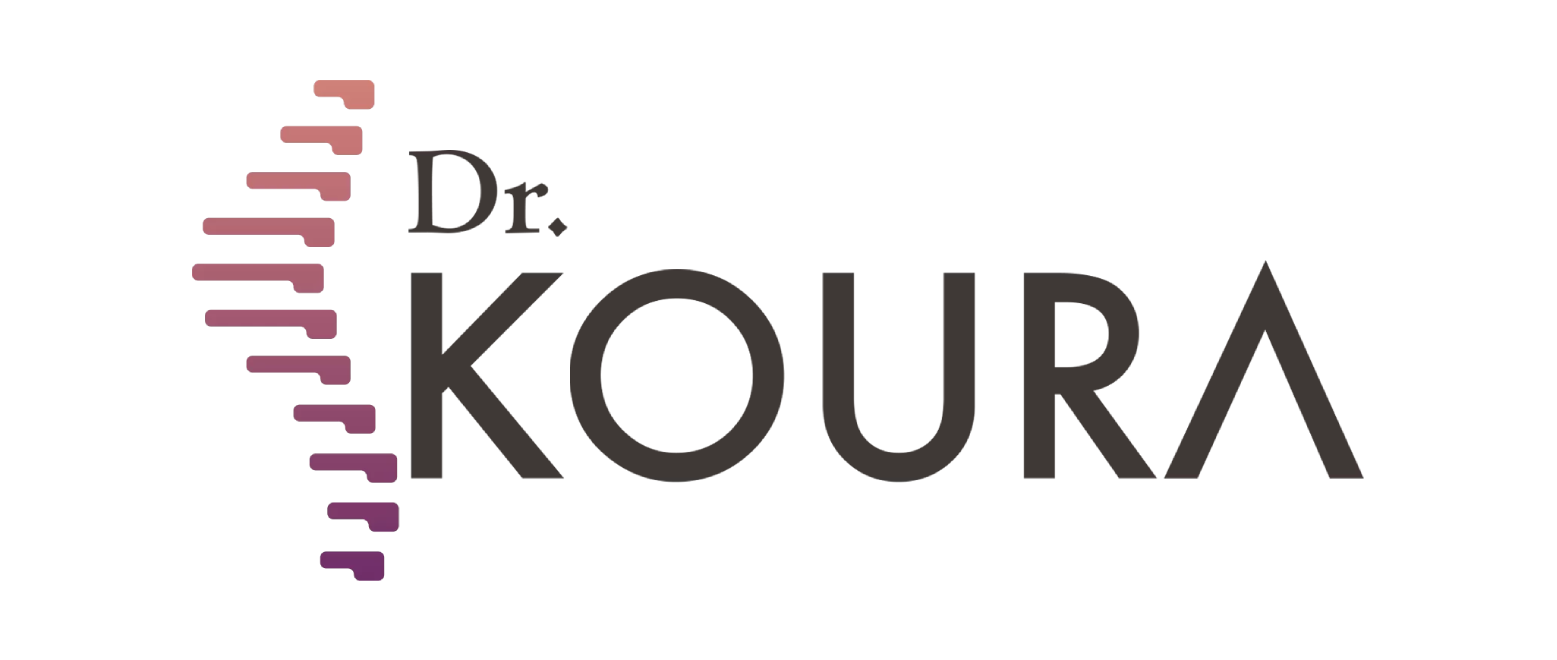Botox Injection for Tension Headache Treatment
Definition:
Cluster headache is a neurological disorder that causes a severe and frequent headache on one side of the head and typically around the eye. Cluster headaches naming refers to combined headache episodes that occur at the same time, and the patient usually suffers from frequent episodes of severe, unilateral pain.
Causes:
The following are among the known causes of cluster headache disease:
- Genetic causes
- Sudden body secretion of histamine and serotonin
- Injury to the hypothalamus
- Smoking
- Alcohol use
- Extreme heat
- There may be psychological or unknown causes of headaches.
Symptoms:
- Frequent severe headache on one side of the head, one headache episode duration reaches 15 to 180 minutes.
- Pain centered around the eye.
- Eyes tears.
- Nasal congestion.
- Swelling of the eye area and its surroundings.
Cluster headache episodes occur frequently with a sudden calm period between pain episodes although about 10% to 15% of chronic cluster headaches are not associated with calm periods.
Other headaches and their causes:
- Cervicogenic headache:
It occurs as a result of the roughness of the upper cervical spine and is treated by applying the technique of thermal radiofrequency on vertebral joints under the influence of local anaesthesia and interventional rays. Please refer to the article: Treatment of vertebral spondylosis without surgery.
- Occipital neuralgia:
This headache appears at the back of the head and its pain extends either to the top of the head or the neck in which case it is treated by thermal radiofrequency treatment of the head's posterior nerve.
Treatment of Cluster Headache by Thermal Radiofrequency:
- Thermal Radiofrequency is a magical solution for treating many types of headaches; including trigeminal nerve pain, cluster headache, and cervicogenic headache if the pharmacological treatment fails to control it.
- Firstly, a test injection for the nerve that causes the headache is performed under local anaesthesia and is also considered therapeutic as the pain may not appear again, and the choice of the nerve depends on the expected cause of the headache, meaning that intervertebral joints and nerves are injected in the case of cervicogenic headache, the trigeminal nerve is injected in the case of pain of the trigeminal nerve and the palatine nerve plexus is injected in the case of cluster headaches.
- If the pain disappears for a day or two days, it means that the test is positive and then the therapeutic thermal radiofrequency is performed.
Thermal Radiofrequency:
- A computer-operated technology that transmits thermal frequencies via a needle that is aimed at the palatine plexus at the bottom of the skull.
- This minimal intervention is performed inside the operating room to ensure sterilization using local anaesthesia and guided by the interventional radiology equipment. It takes approx. one-third an hour inside the operating room and then the patient can return to his room in the hospital and leave it on the same day.
- After thermal radiofrequency, the patient feels real improvement only after two weeks, as the patient may feel pain sometimes and also improvement at other times, which is a normal condition and the patient should not worry, and the more the patient gets to rest at home and avoiding noise, nervousness and intense light, during the prescribed two weeks, the greater the chances of improvement.
Advantages of treating trigeminal nerve pain without surgery:
We call it an operation only because it takes place inside the operating room. It is a minimally invasive procedure, in which no incisions or cuts are made. It is safe, easy, and simple, as it does not take more than half an hour in the operating room under the effect of local anaesthesia. The patient is being discharged from the hospital on the same day, and he can restore his work and normal life as soon as possible.





 Egypt
Egypt